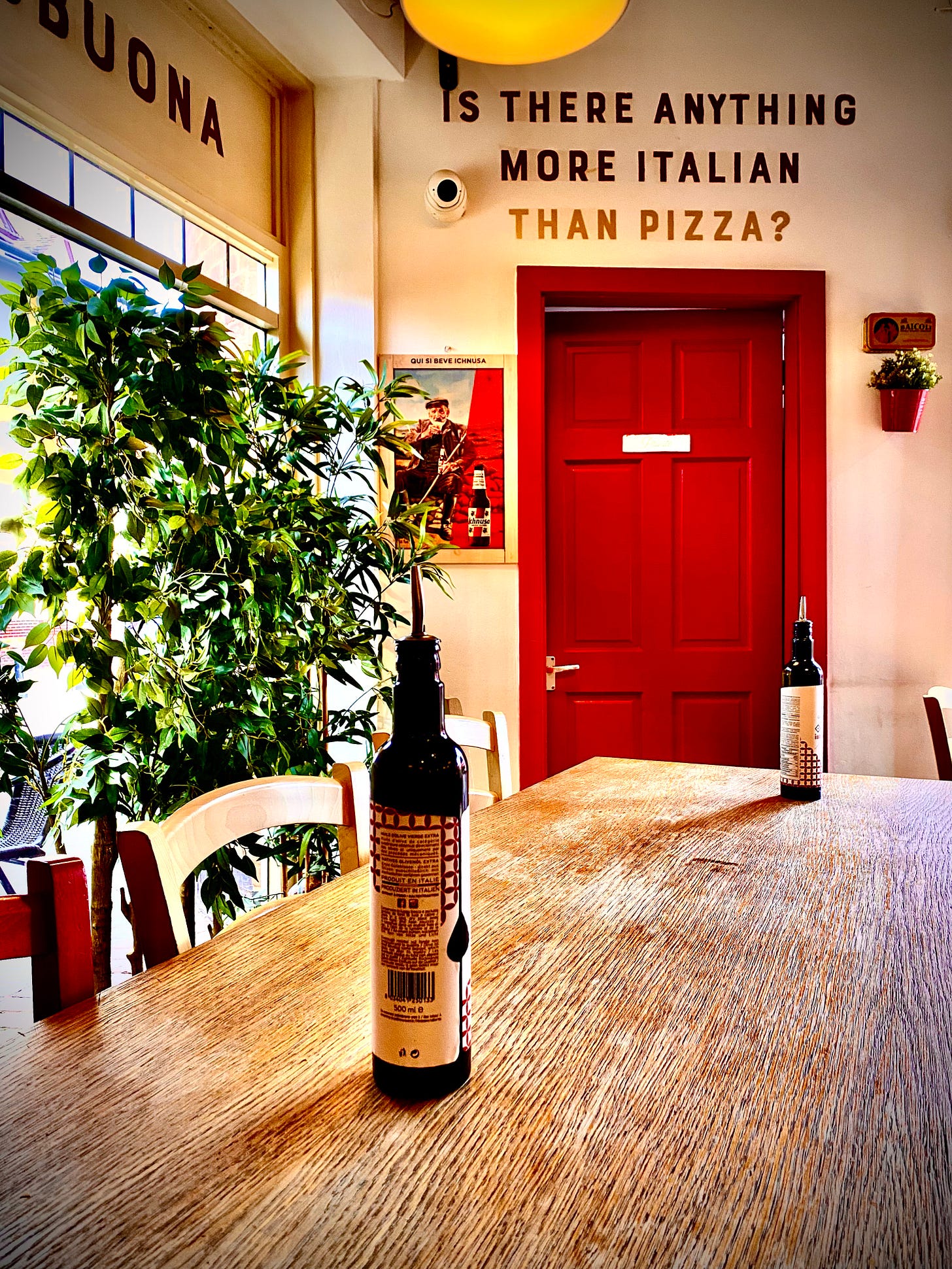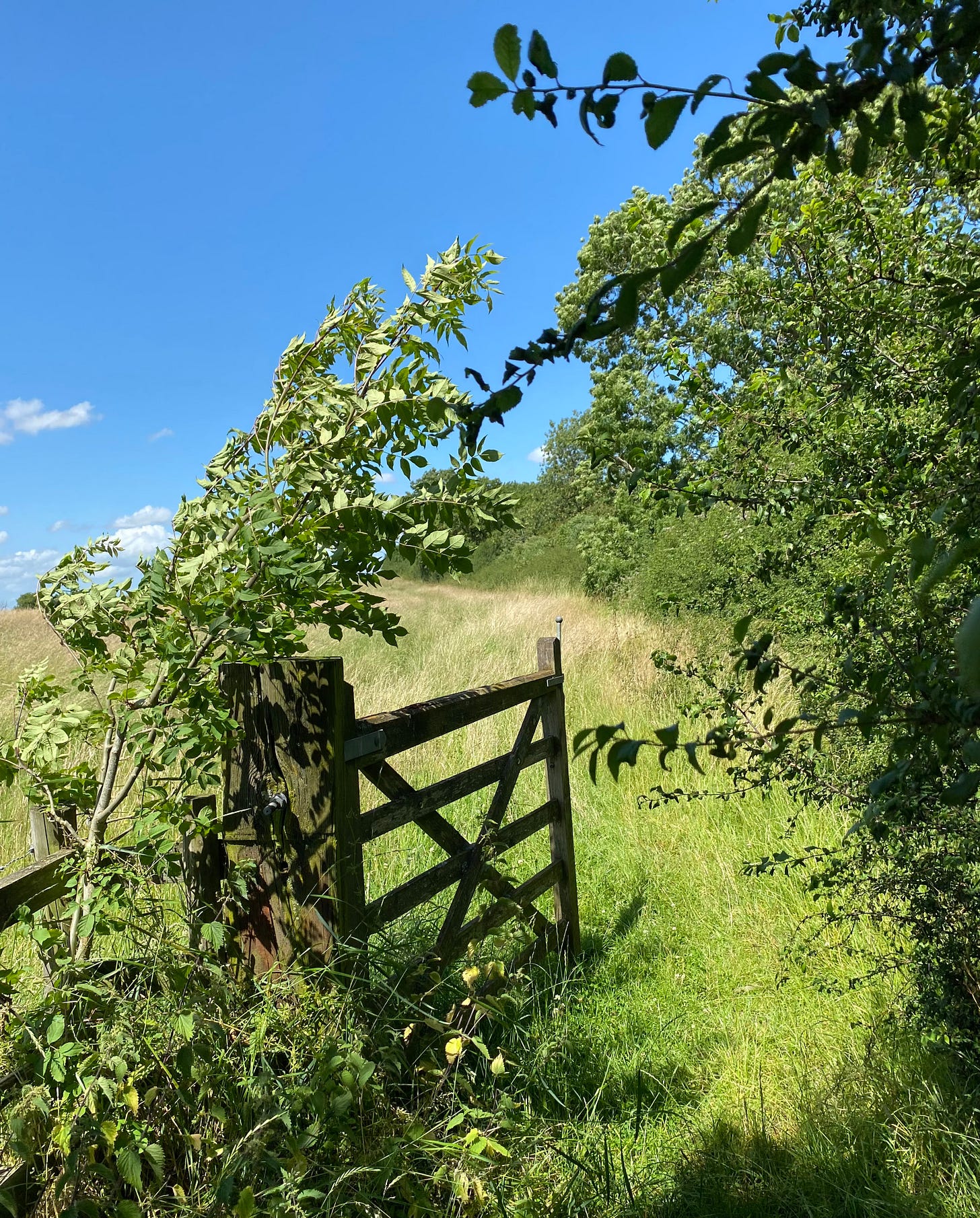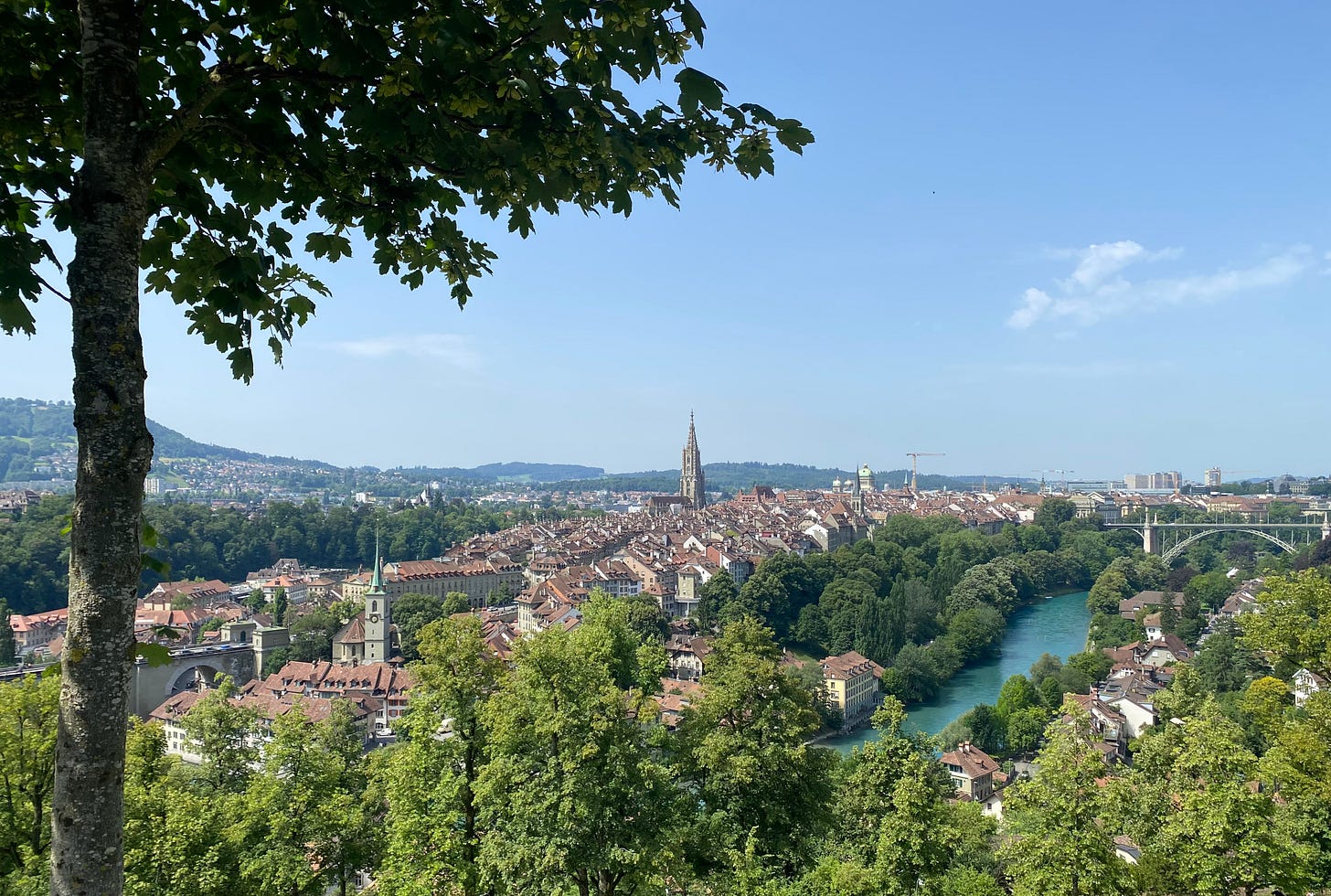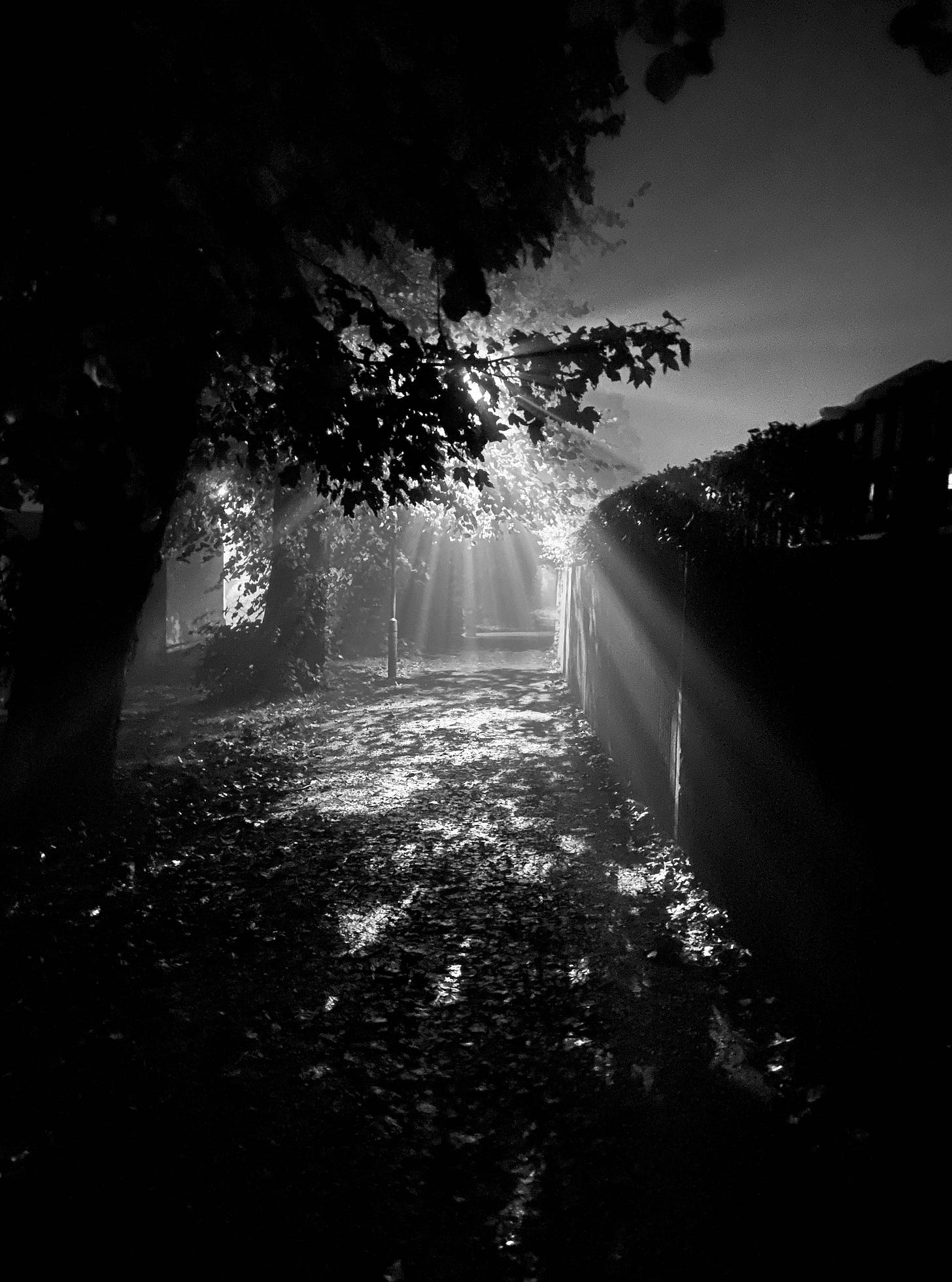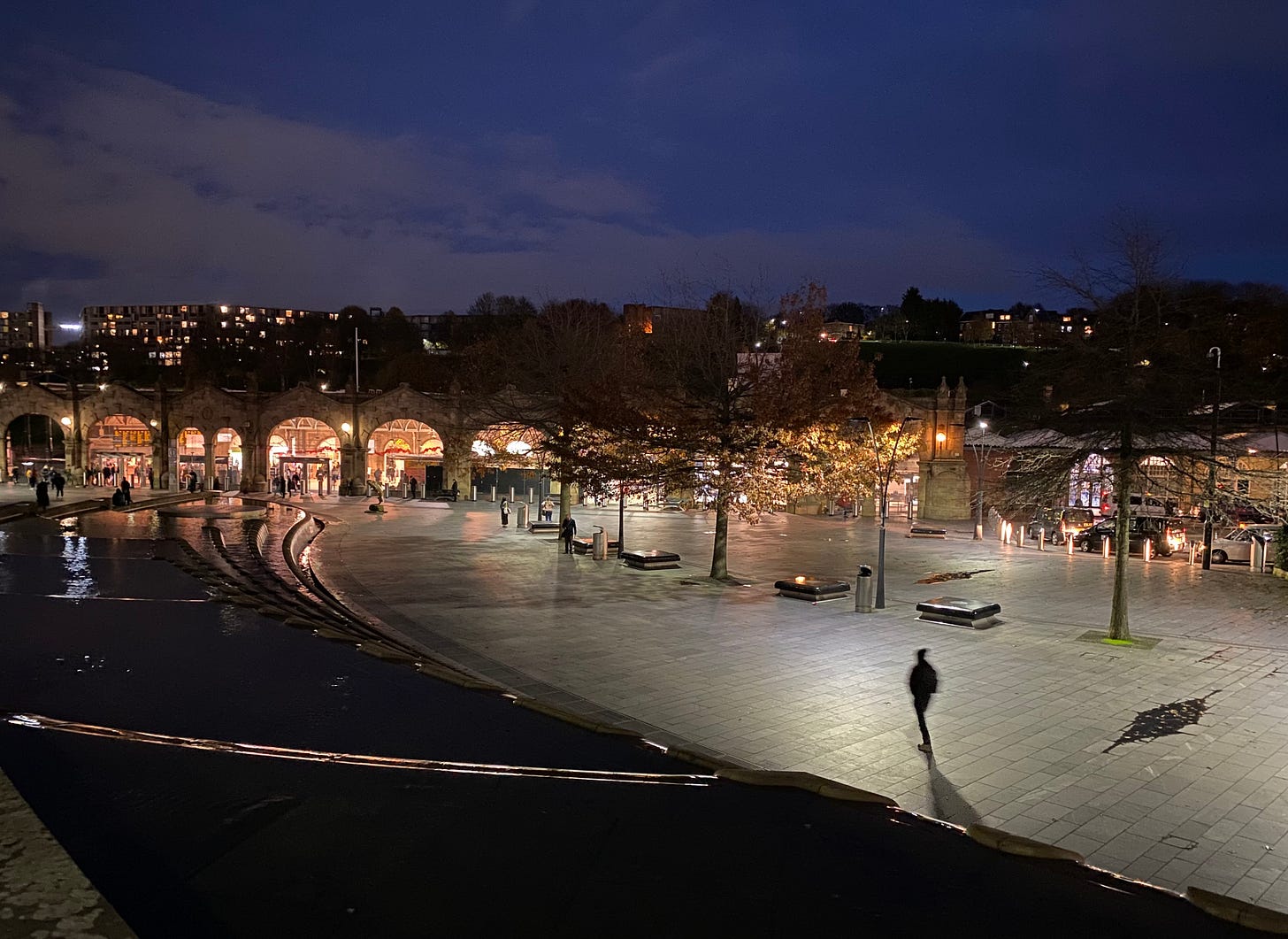One of the big changes driven by technology over the last couple of decades is the number of photographs people take. Two or three decades ago - in my adult lifetime - someone who wanted to take a picture would normally need a dedicated piece of equipment loaded with a film with a limited number of exposures. As a teenager I had a camera with disc film cartridges which, if I remember, had just 15 exposures each. Each press of the shutter was expensive, in terms of cost, plastic and opportunity. You hoped as you took a photo that it was going to look good, though if it didn’t you’d only find out a week or two later, long after the moment had gone, having taken the film into a chemist for processing and then gone back to pick up the glossy, sticky prints a few days later, in a little envelope. The ones which were poorly exposed (there were usually at least a couple per film, but maybe that was just me) had a little sticker unnecessarily pointing this out. My friend Thomas had a Polaroid, which printed out a photo almost instantaneously directly from the camera, which was amazingly sophisticated in the 1980s, and also (I assume) amazingly expensive.
For most of us who can remember it, this world is distant and feels slightly strange now. Many people now carry around with us the whole time a device that is capable of taking high quality photos, and storing large numbers of them; for people who are not professionals, or seriously interested in particular types of photography, it’s not really necessary to have an actual camera. This means that it’s possible to take lots of photos - often several at a time - sometimes taken on a whim on the offchance they might be good, or to try out different angles and ideas when an opportunity presents itself, and then check the resulting images quickly and delete all but the best.
I started taking photos regularly - not just when on holiday - a few years ago, originally to record places I’d walked, and then as I got better phones with better cameras, I began to take an interest in the photos in their own right. Now, whenever I’m walking around - whether traipsing through a muddy field or striding through a city on the way to work - I find myself constantly half-consciously keeping an eye out for potential photos, and it’s almost costless to try out possibilities. The walks I do regularly I have documented well across the seasons and years: I take thousands of photos a year and delete most of them, and I’m sure I’m not unusual in that. The pictures I do keep I can easily edit to make the best of them. All of this would have seemed unfeasibly magical a short memory ago.
Which is all about the how. But what about the what? What makes a photo good, and seeking out opportunities worth the effort? I find this a fascinating question: we can all think of images that are striking and memorable, without necessarily being able to pin down why. And finding a technical explanation - a bit like when the chords of a memorable piece of music are bloodlessly described - can seem to drain away the emotion and make the strikingness of a picture seem somehow superficial and shallow, as if we’re conditioned to automatically respond to particular attributes of a photo. But it’s not really like that, of course: while it is possible to describe some of the things that may lead to an image making an impression on us, whether and why and how that happens remains mysterious and hard to pin down. There is something intangible about the impact certain pictures have.
But it’s useful to know something about what can make a photo effective. The rule of thirds is a good place to start: pictures often feel satisfying and well-composed when the focus of interest is on one of the imaginary horizontal or vertical lines dividing the image into three, or at the intersections of those lines. Like all these guides to taking good photos, it’s not actually a rule, of course - it’s possible to take good pictures while ignoring it, and unmemorable pictures while following it. But it’s a useful start. Similarly, I try to look out for frames - mostly outdoors this means trees - which guide the eye to the main subject and give a sense of depth and balance.
Light is also - obviously - important to photography, and the qualities of light at different times of the day (and night) and in different seasons can be strikingly different. The so-called golden hour at the beginning and end of the day, when the sun is low in the sky, is often the best time for taking photographs, helping create warm colours and textures.
Light also makes reflections and shadows, which can create interest and striking perspectives, and colours and moods - mist and dapples add mystery and atmosphere to a scene. It can be fun to play around afterwards (even very amateurishly, as I do) with different filters, changing the colour balance of a photo or making it black and white, and it’s surprising how different photos can seem with even quite subtle shifts in colour.
And of course the content of pictures - interesting lines, shapes and angles which can make semi-abstract patterns, and unusual perspectives which tease the eye; and intriguing details and juxtapositions, perhaps contrasting background and foreground, which make the viewer want to stop and examine a shot, consider its details, and ponder what story it’s telling1.
For the last few years I’ve chosen my favourite pictures at the end of each year - of all the thousands I’ve taken, the handful that I’m happiest with (here are the ones for 2020, 2021 and 2022). And in that tradition, below are my twelve favourite photos from 2023.
1. St James’s Park London, February. I often walk through St James’s Park on my way to work when I’m in London, and I’ve recorded its changing moods throughout the year (see also 9 below). Here the pale February sun lurks behind the silhouetted trees, collectively arrow-shaped (with a decorative aeroplane trail), while the shadows on the frosty grass create a cold, clean pattern beneath. Look closer and there seem to be little explosions of light either side of the central tree.
2. Coventry Canal, West Leicestershire, February. The still canal reflects almost perfectly the lines of clouds and the field and tree on the opposite bank of the canal, making satisfying shapes. The expanse of blue sky and its reflection at the top and bottom of the image frame it nicely.
3. Oxford, April. We ate at the Bbuona restaurant in Oxford in April. The legend on the wall, the composition of the bottles on the textured table, the shadows, the contrast of blocks of green and red - I can’t really articulate why this picture works for me.
4. St Pancras Station, London, May. There was a Coronation and the bunting was out. The upper floor frames a view of the famous clock in the engine shed, and I’ve filtered the photo to give it a slightly nostalgic tint, which felt appropriate.
5. East Leicestershire, July. I like this photo for the lines of the trees and the languid demeanour of the gate, which is clearly enjoying the warmth of the summer sun far too much to want to move anytime soon.
6. Sunset on Lake Geneva, Switzerland, July. We stayed for a few days at Vevey towards the east end of the lake. I got this shot a bit before 10pm as we walked back along the shore to the hotel one evening. The last embers of the distant sun silhouette that tree, nicely positioned according to the rule of thirds (this photo is completely unedited), and I love the gorgeous, deep, tinted blue of the still lake below it. The French Alps opposite, the little jetties in the foreground, and the buoys create interesting, calming details and shapes.
7. Bern, Switzerland, July. We took the train up to the Swiss capital and spent a few days there. This is one of its arcades - covered pavements that line many of the shopping streets in the old centre of the city. I had to wait patiently for one to (almost) empty of people, and then edited the picture to make it monochrome. The bike wheels create rhythm, and the shadows on the columns and the angled ceiling emphasise the perspective and draw the eye to the exit at the far end.
8. Bern, Switzerland, July. Final one from that holiday: a view of the city from the hill to the east, near the Rose Garden. The tree provides a bit of foreground interest, and the picture gives a good sense of the shape of old city, bounded by the River Aare (we get a fleeting glimpse of its glorious turquoise beneath us), enjoying the hot summer sun.
9. St James’s Park. Spoiler: this photo is upside down. Somehow the colours seem more vivid and the flecks of light more striking this way round, and the slight ripples in the ‘sky’ look like the marks of a painter’s brush.
10. Market Harborough, November. An alleyway on my regular walk round town in the November evening fog, looking mysterious and moody. The railway used to go this way: can you sense a ghost of a steam train amid the shadows? (I can’t but you never know).
11. Sheffield Station, November. The fountains outside the station create lines and curves illuminated by the lights emanating from the arches, while a ghostly figure walks alone across the plaza. My iPhone copes well with this sort of light - I think the scene it captured here is more atmospheric than it was in real life (I slightly cropped the photo but it’s not filtered).
12. Kirby Muxloe Castle, west Leicester, December. This photo, with the castle silhouetted by the fading winter sun, is naturally split into two, both horizontally and vertically: most obviously the split between top and bottom, with the reflections in the moat; but also the two sides - to the right, the castle, branches and still water against pale blue sky with white clouds; to the left, trees, ducks and ripples against the pale orange of the lowering sun and silhouetted clouds. Simple but, I think, quite effective.
Watch this space for the next instalment, due in December 2024…
I found The Pocket Photographer by Mike Kus a valuable guide to (as the subtitle has it) taking beautiful photos with your phone.






